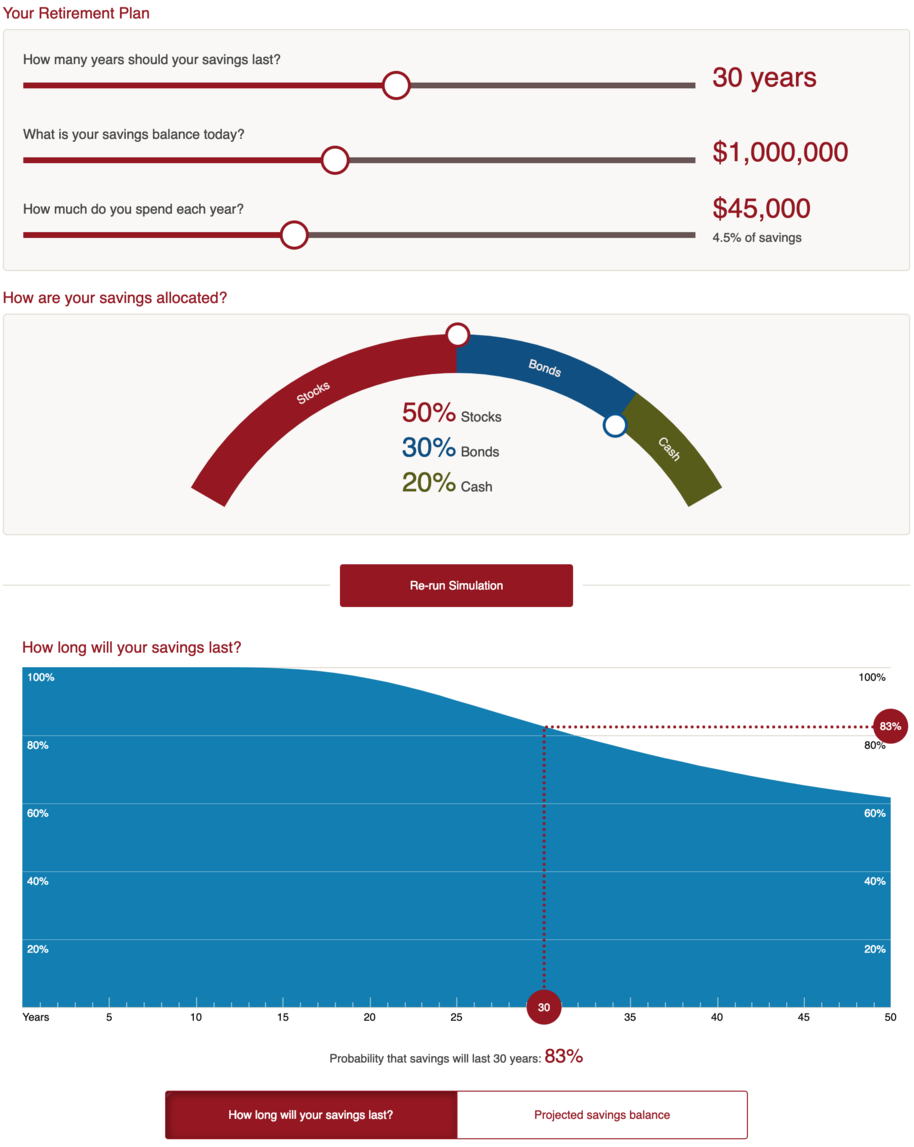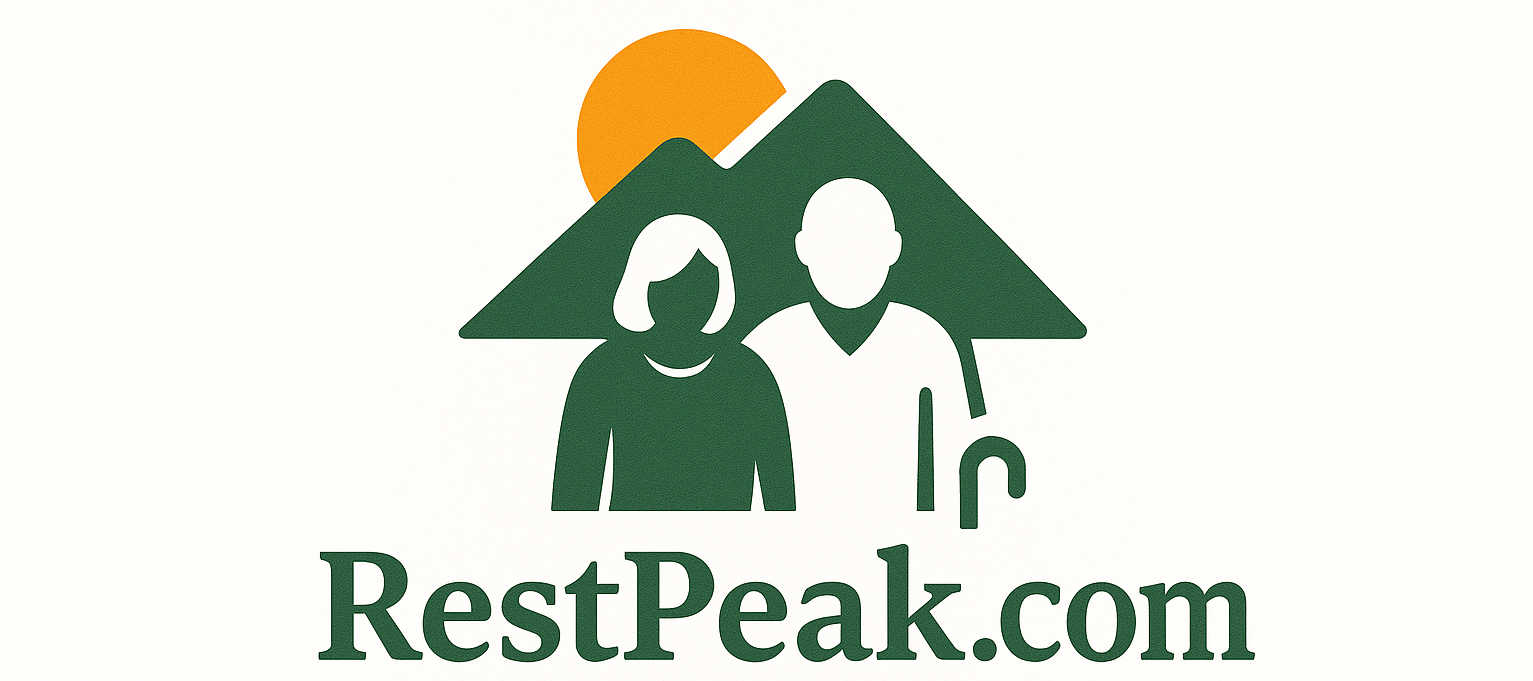Best Retirement Plans: Secure Your Future with Top Picks
Planning for your retirement can feel overwhelming, but choosing the right plan is one of the smartest moves you can make for your future. Imagine having a steady income, peace of mind, and the freedom to enjoy your golden years without financial stress.
That’s exactly what the right retirement plan can offer you. You’ll discover the 9 best retirement plans that fit different needs and lifestyles. Whether you’re just starting out or looking to optimize your savings, these options will help you take control of your financial future. 
Keep reading to find the perfect plan tailored just for you.
Best Retirement Plans
Retirement plans offer many benefits that help secure your future. They provide a way to save money steadily over time. These plans help you grow your savings safely. They also give you peace of mind about your financial future. Understanding the key benefits can help you choose the best plan.
Tax Advantages
Retirement plans often come with tax breaks. Some plans let you save money before taxes. This lowers your taxable income today. Other plans allow your money to grow tax-free. You pay taxes only when you withdraw funds. These tax benefits help your savings last longer.
Compound Growth
Compound growth means earning money on your money. Your savings earn interest, and that interest earns more. Over time, this can grow your money much faster. Starting early helps you get the most from compound growth. Even small amounts grow big with patience.
Financial Security
Retirement plans provide steady income after you stop working. They reduce worries about money in old age. Having a plan means you can cover bills and health costs. It also lets you enjoy life without money stress. Financial security gives freedom and confidence in retirement.
401(k) Plans
A 401(k) plan is a popular retirement savings option offered by many employers. It helps employees save money for retirement through automatic paycheck deductions. The money grows tax-deferred, which means you pay taxes later, not now. This plan encourages regular saving with benefits from both the employee and the employer.
Employer Contributions
Many employers add money to your 401(k) account. This is called a matching contribution. For example, an employer may match 50% of your contributions up to a certain limit. This extra money boosts your savings without extra cost to you. Employer contributions can significantly increase your retirement fund over time.
Investment Options
401(k) plans offer several investment choices. These include stocks, bonds, and mutual funds. You can pick how to spread your money based on your comfort with risk. Some plans provide target-date funds that adjust investments automatically as you near retirement. Choosing the right investments helps your savings grow steadily.
Withdrawal Rules
Withdrawals from a 401(k) before age 59½ usually face penalties and taxes. You can start taking money without penalty at age 59½. Required minimum distributions (RMDs) begin at age 73, depending on the plan. Early withdrawals should be avoided unless necessary to keep your retirement savings intact.
Individual Retirement Accounts (ira)
Individual Retirement Accounts (IRA) offer a way to save for retirement with tax benefits. These accounts help grow money over time. You can choose different types of IRAs based on your needs and income. IRAs let you invest in stocks, bonds, and other assets. This can increase your savings for the future. They come with rules on contributions and withdrawals.
Traditional Ira
A Traditional IRA allows tax-deductible contributions. Your money grows tax-deferred until you withdraw it. Withdrawals in retirement are taxed as income. This plan suits those who expect lower taxes after retirement. You must start taking required minimum distributions at age 73.
Roth Ira
Contributions to a Roth IRA are made with after-tax dollars. Withdrawals in retirement are tax-free if rules are met. This is good for people expecting higher taxes later. There is no required minimum distribution during your lifetime. You can withdraw your contributions anytime without penalty.
Contribution Limits
The IRS sets limits on how much you can contribute yearly. For 2024, the limit is $6,500 for people under 50. Those 50 and older can add an extra $1,000 as a catch-up. These limits apply to the total of all your IRAs combined. Contributions must stop at age 73 for Traditional IRAs.
Pension Plans
Pension plans offer a steady income after retirement. They help people maintain their lifestyle without work. Many rely on these plans for financial security. Understanding pension plans is key to planning your future.
Defined Benefit Plans
Defined benefit plans promise a fixed monthly payment. The amount depends on salary and years worked. Employers usually manage these plans. They take the risk of investment returns. This plan gives a clear idea of retirement income.
Payment Structures
Payments from pension plans can vary. Most pay monthly after retirement. Some offer lump-sum payments instead. Payments may continue for life or a set time. Certain plans include benefits for spouses or dependents.
Eligibility Criteria
Eligibility depends on the employer’s rules. Usually, workers must complete several years of service. Age requirements also apply, often starting at 55 or 60. Some plans require employees to contribute part of their salary. Meeting these rules ensures you receive pension benefits.
Health Savings Accounts (hsa)
Health Savings Accounts (HSA) offer a smart way to save money for medical costs and retirement. These accounts work with high-deductible health plans. They help you put aside money that grows tax-free. You can use these funds for health care expenses now or in the future.
Eligibility Requirements
To open an HSA, you must have a high-deductible health plan (HDHP). You cannot be covered by other health insurance, except certain limited types. You must not be enrolled in Medicare. You cannot be claimed as a dependent on someone else’s tax return. These rules keep the HSA tax benefits valid.
Tax Benefits
Contributions to an HSA reduce your taxable income. The money grows tax-free inside the account. Withdrawals for qualified medical expenses are also tax-free. This triple tax advantage makes HSAs powerful tools for saving. You can contribute pre-tax dollars through payroll or direct deposits.
Using Hsa For Retirement
After age 65, you can use HSA funds for any purpose. Non-medical withdrawals are taxed like regular income but avoid penalties. Using HSA for medical expenses remains tax-free even in retirement. The account grows over time, helping cover future health costs. It acts like a backup fund for retirement needs.

Credit: www.boldin.com
Annuities
Annuities offer a steady income during retirement. They help protect your savings from market ups and downs. Many retirees choose annuities for financial security. They work by exchanging a lump sum for regular payments. These payments can last for a fixed time or your lifetime. Understanding annuities helps you make the right choice for retirement.
Fixed Vs Variable Annuities
Fixed annuities provide a guaranteed payment each month. The amount stays the same, no matter what happens in the market. Variable annuities let you invest in different funds. Your payments can rise or fall based on investment performance. Fixed annuities suit those who want safety and predictability. Variable annuities appeal to those who can handle some risk for higher returns.
Income Options
Annuities offer various income choices. You can choose payments for a set number of years. Or select payments for your entire life. Some annuities provide income for both you and your spouse. You may also add options that pay benefits to heirs. These choices help match your income to your needs and goals.
Fees And Charges
Annuities often come with fees. These can include management fees and insurance costs. Some annuities charge fees for early withdrawals. Variable annuities may have higher fees due to investment options. Understanding all fees is important before buying. Lower fees mean more money stays in your pocket.
Simplified Employee Pension (sep) Ira
The Simplified Employee Pension (SEP) IRA is a popular retirement plan designed for small business owners and self-employed individuals. It offers an easy way to save for retirement while reducing taxable income. Setting up a SEP IRA is simple, and it has flexible rules for contributions. This plan helps employers provide retirement benefits without complex paperwork. Contributions go into individual retirement accounts for each employee. The SEP IRA allows higher contribution limits than many traditional IRAs.
Who Can Use Sep Ira
Small business owners and self-employed workers can use SEP IRAs. Businesses of any size can offer this plan, but it works best for small teams. Employers must include all eligible employees in the plan. Employees must be at least 21 years old and have worked three of the last five years.
Contribution Limits
Employers contribute up to 25% of an employee’s compensation. The maximum limit is $66,000 for 2024. Contributions are made only by the employer, not employees. This makes SEP IRAs easier to manage than other plans. Employers can vary contributions each year, offering flexibility.
Benefits For Small Businesses
SEP IRAs have low costs and simple administration. Employers get tax deductions for contributions. Employees enjoy tax-deferred growth on their savings. The plan helps attract and keep skilled workers. It supports business growth by offering retirement benefits without heavy expenses.
Savings Incentive Match Plan For Employees (simple) Ira
The Savings Incentive Match Plan for Employees, known as SIMPLE IRA, suits small businesses well. It offers a straightforward way for employees to save for retirement. The plan encourages both employers and employees to contribute. This helps build a solid retirement fund over time. SIMPLE IRA plans are easy to set up and manage. They have fewer rules than other retirement plans. This makes them popular among small business owners. Employees benefit from tax advantages and employer contributions.
Plan Features
SIMPLE IRA plans allow employees to save a part of their salary. Contributions grow tax-deferred until withdrawal. Employers must have 100 or fewer employees to offer this plan. It protects employee savings with clear rules and limits.
Employer Matching
Employers must match employee contributions dollar-for-dollar. The match can be up to 3% of the employee’s salary. Alternatively, employers can contribute 2% of each eligible employee’s salary. This helps employees save more for retirement without extra effort.
Contribution Rules
Employees can contribute up to $15,500 annually as of 2024. Those aged 50 or older can add $3,500 extra. Employers must make matching contributions or a fixed 2% contribution. Early withdrawal before age 59½ may trigger penalties. This plan encourages long-term saving habits for retirement.
Cash Balance Plans
Cash balance plans blend features of traditional pensions and 401(k)s. They offer a fixed account balance that grows each year. Employers credit a set percentage of salary plus interest. This setup provides predictable growth and retirement income.
How They Work
Each year, the plan adds a “pay credit” to your account. This is a percentage of your salary. Next, an “interest credit” is applied, usually a fixed rate. Your balance grows steadily, regardless of market ups and downs. At retirement, you can take the balance as a lump sum or an annuity.
Advantages
Cash balance plans give steady, predictable growth. They combine security of pensions with transparency of defined contributions. Employers often fund the plan fully, reducing risk for employees. Benefits can be higher than 401(k)s, especially for older workers. The plan also helps save more in fewer years.
Ideal Candidates
These plans suit business owners and highly paid employees. Older workers benefit from bigger contributions late in their careers. Companies wanting to attract and keep skilled workers find them useful. Small to mid-sized businesses with stable profits also gain. They work well for those seeking a reliable retirement income source.

Credit: members.northstatebia.org
Choosing The Right Plan
Choosing the right retirement plan is key to a secure future. Each plan has its benefits and limits. Knowing your needs helps pick the best option. Focus on your money goals, comfort with risk, and expert advice. This approach makes retirement planning clearer and more effective.
Assessing Financial Goals
Start by listing your financial goals. Consider how much money you want after retirement. Think about your lifestyle and health needs. Set short-term and long-term targets. Clear goals guide your choice of a retirement plan. They help match plans to your future needs.
Risk Tolerance
Risk tolerance means how much money loss you can accept. Some plans are safe but offer lower returns. Others have higher risks and may give more money. Understand your comfort with risks before choosing. Pick a plan that fits your peace of mind.
Consulting Financial Advisors
Financial advisors offer expert advice tailored to your needs. They explain complex terms in simple words. Advisors help compare different retirement plans. They also help adjust your plan as life changes. Their guidance boosts your confidence in decisions.
Frequently Asked Questions
What Are The Best Retirement Plans For Steady Income?
Best retirement plans like annuities, pensions, and 401(k)s offer steady income after retirement.
How Much Should I Save In My Retirement Plan?
Saving 10-15% of your income yearly is a good rule for retirement savings.
Can Retirement Plans Protect Against Inflation?
Some plans like Treasury Inflation-Protected Securities (TIPS) help protect your savings from inflation.
What Is The Difference Between 401(k) And Ira Plans?
401(k) is employer-sponsored; IRA is individual. Both offer tax benefits for retirement savings.
Conclusion
Choosing the right retirement plan takes time and care. Each option offers different benefits and risks. Think about your future needs and budget. Start saving early to build a strong financial base. Regularly review your plan to stay on track.
Small steps today lead to big rewards later. Secure your peace of mind with smart planning. Retirement can be comfortable with the right choices. Your future self will thank you for wise decisions.







